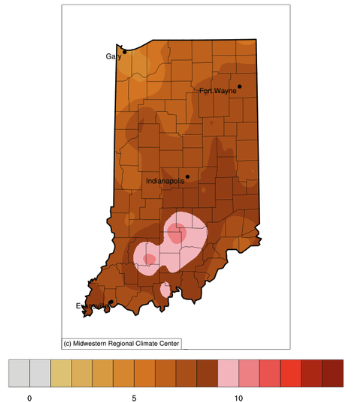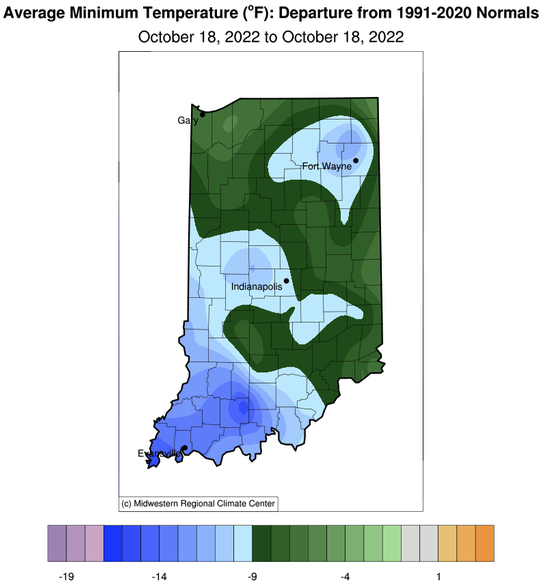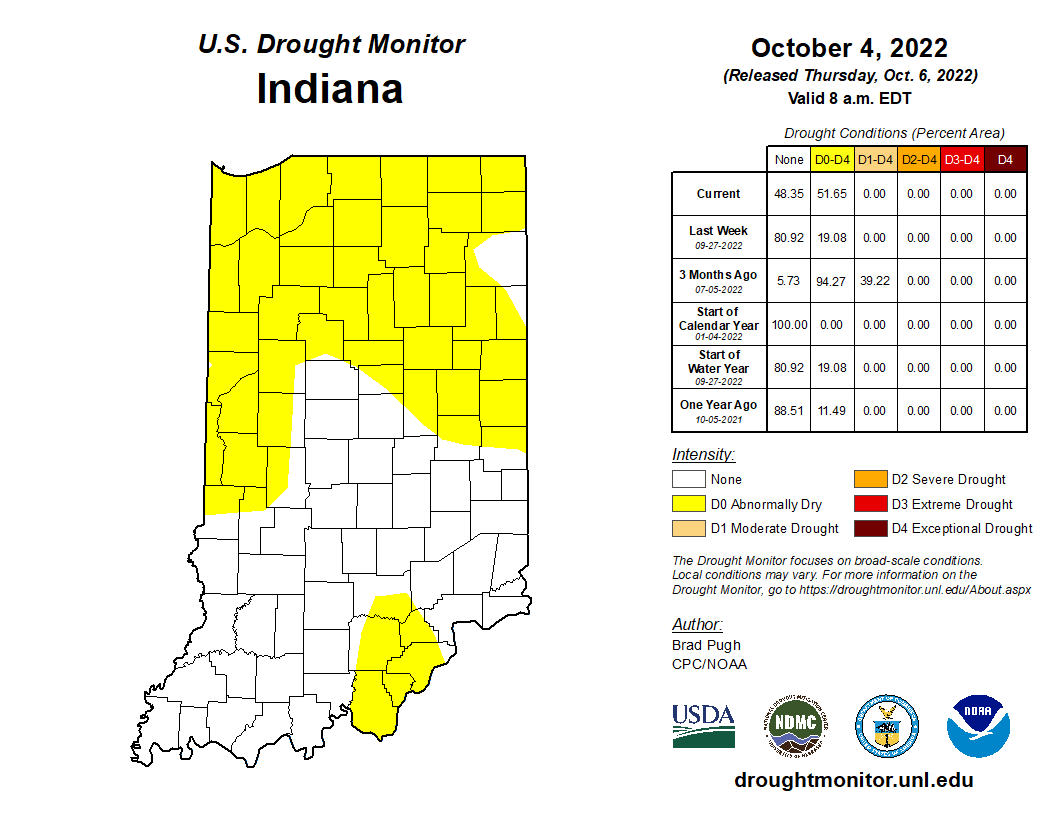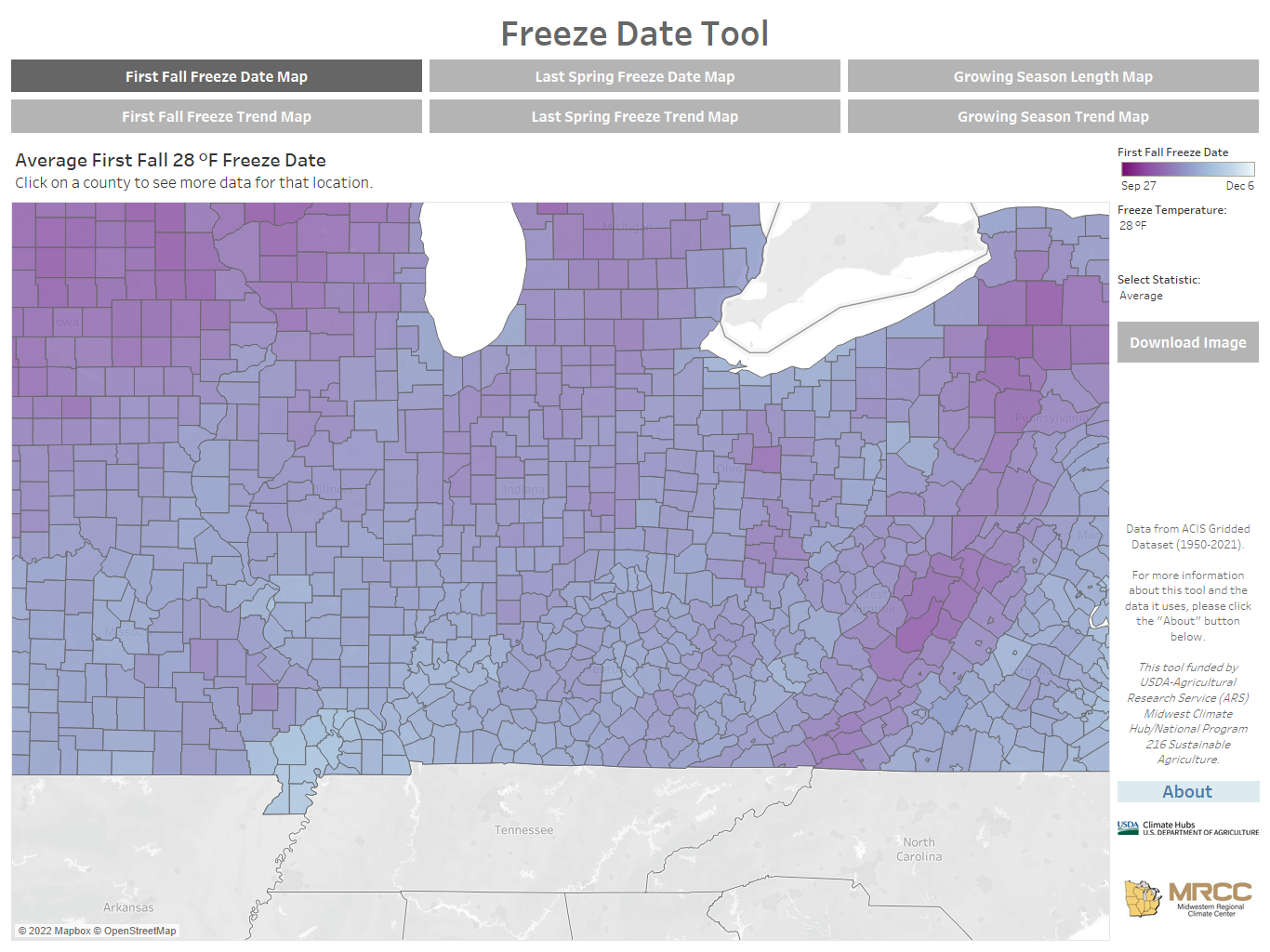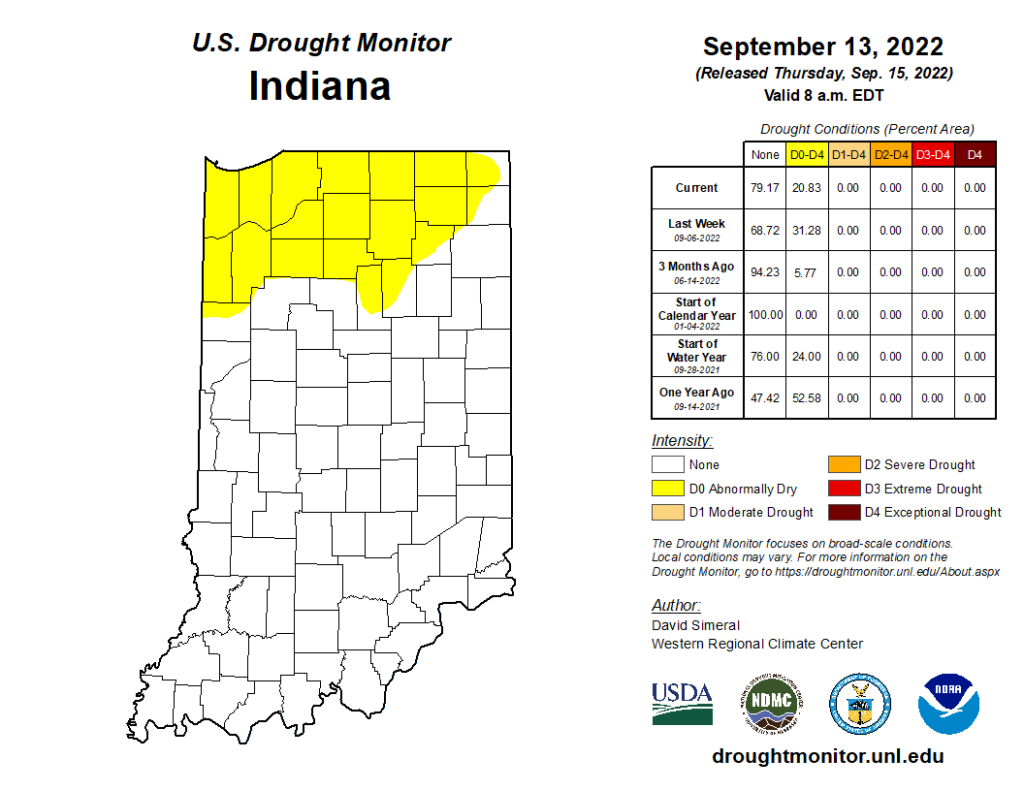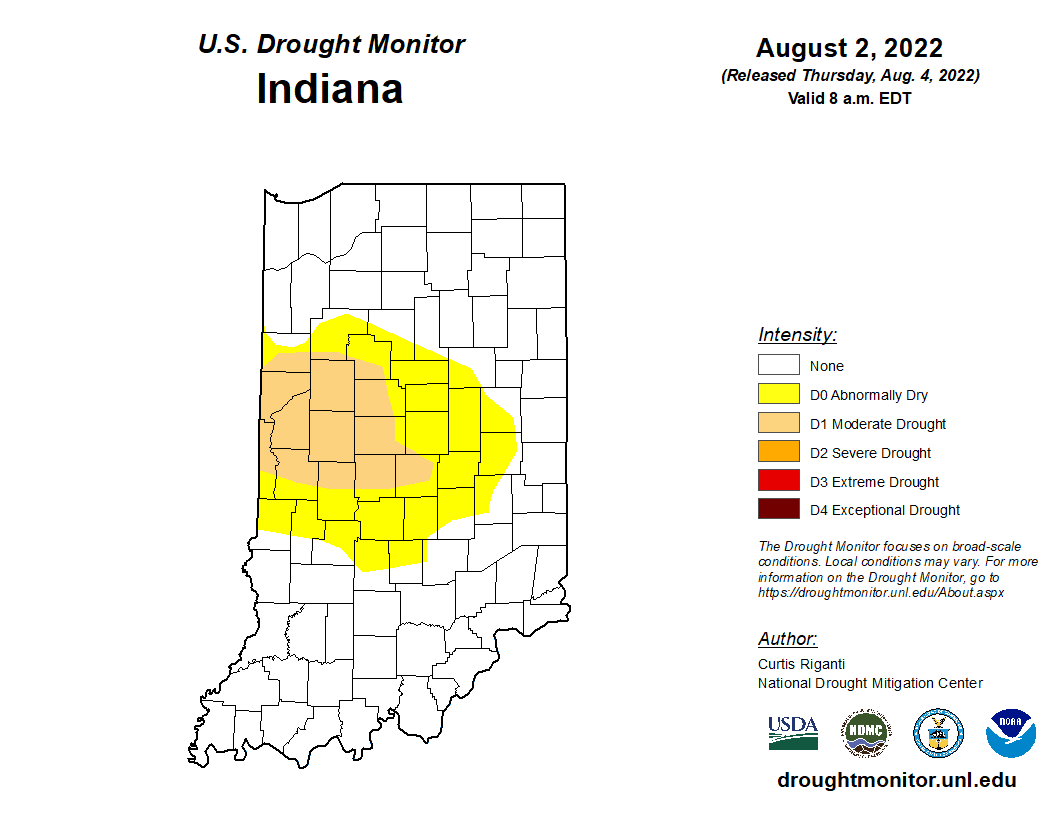
The last several weeks have seen very little precipitation across Indiana. Figure 1 illustrates how much was received compared to the climatological normal amount from May 9 through June 7. The entire state received amounts less than normal (where normal would be 100 percent on the map) with central and northeastern Indiana having received less than 25 percent of normal amounts. This has resulted in browning lawns, lowered ponds and streams, and most vegetation starting to look stressed. Why is this happening and how long will it last? While the El Niño – Southern Oscillation (ENSO) global teleconnection pattern is shifting from the La Niña phase (that has been around for the better part of three years, now) to the El Niño phase, it is difficult to attribute this dryness to ENSO. Historically, ENSO phases have had weaker correlations to temperature and precipitation in the Midwest – particularly[Read More…]



